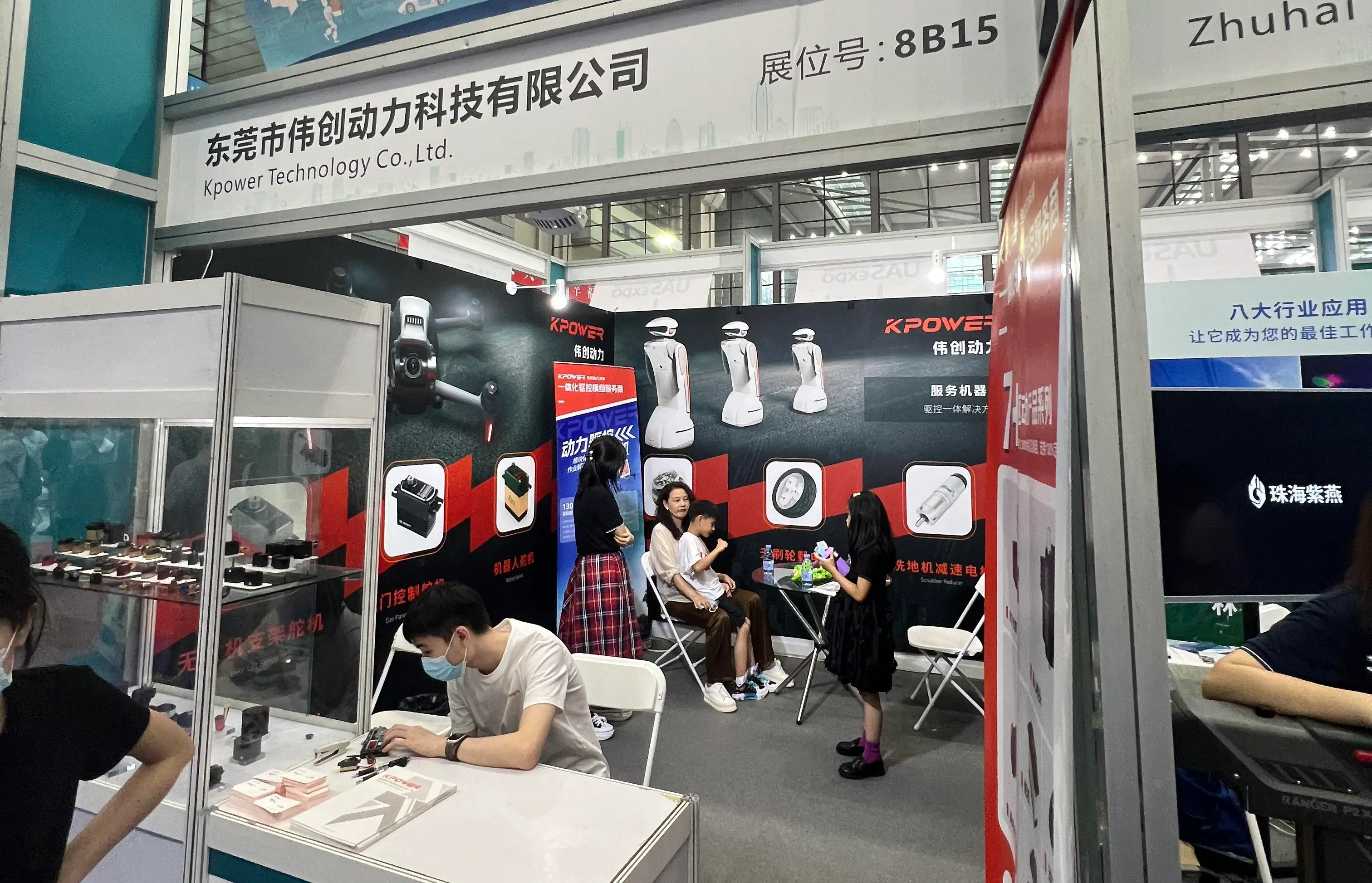In the rapidly evolving landscape of modern technology, devices are becoming smaller, smarter, and more efficient, demanding components that can deliver high performance in minimal space. Among these, the small DC gear motor stands out as an unsung hero—often hidden inside gadgets, yet fundamental in driving motion and precision. Despite their diminutive size, these tiny but mighty motors pack a punch, enabling a broad spectrum of applications that define our contemporary world.

Understanding the basics begins with examining what a small DC gear motor is. At its core, it is a direct current (DC) motor attached to a gear reduction system, which slows down the motor's high-speed rotation, increasing torque (rotational force) while maintaining a compact footprint. This synergy creates a device capable of precise movement, controlled power, and reliability, all within a miniature package.
Design and Functionality
The core of a small DC gear motor consists of an electric motor—usually a brushed or brushless type—paired with a gear train. The motor itself is quite simple: electrical energy applied to its windings creates a magnetic field, causing the motor's rotor to turn. The geartrain, composed of a series of meshed gears, reduces the rotational speed of the motor's shaft while amplifying the torque.
What's particularly fascinating about these gear trains is their versatility. By altering gear ratios—say, a 10:1 or 50:1 ratio—engineers can precisely tailor the motor's performance characteristics to suit specific needs. A higher gear ratio provides more torque at lower speeds, ideal for lifting or pushing heavy loads, while a lower ratio emphasizes speed.
Materials and Manufacturing
Manufactured with high precision, small DC gear motors utilize quality materials like durable plastics, brass, or steel gears, ensuring smooth operation and longevity. Advances in microfabrication have facilitated the production of increasingly smaller motors with tighter tolerances, enabling their integration into even the most delicate devices.
Power Sources and Efficiency
These motors are typically powered by low-voltage sources such as batteries or DC power supplies, making them energy-efficient and suitable for portable applications. Due to their design, they can deliver high torque at low currents, which prolongs battery life—a significant advantage for wearable tech, drones, and autonomous systems.
Key Features and Benefits
Compact Size: Their small form factor allows integration into tight spaces—think medical devices, miniature robots, or smart home gadgets. High Torque Density: Despite their size, they can generate substantial force relative to their footprint. Variable Speed Control: Many small DC gear motors come with PWM (pulse-width modulation) control capabilities, enabling precise speed adjustments. Durable and Reliable: With high-quality manufacturing, they provide long service life with minimal maintenance.
Applications in Today's World
The versatility of small DC gear motors is evident in their diverse applications:
Robotics: From drone gimbals to robotic arms in manufacturing, these motors provide precise control essential for automation. Medical Devices: Compact surgical tools, infusion pumps, and prosthetics incorporate small gear motors for accurate movement. Home Automation: Automated window blinds, smart locks, and robotic vacuum cleaners depend on these tiny motors for smooth operation. Consumer Electronics: Cameras, toys, and wearable devices utilize small gear motors to achieve movement and functionality.
Emerging Trends and Future Outlook
As technology advances, so do the capabilities of small DC gear motors. Innovations such as brushless designs, improved gear materials, and integrated sensors are pushing their performance boundaries. The rise of IoT (Internet of Things) devices demands even more miniaturization, efficiency, and intelligence—areas where small DC gear motors are poised to excel.
Moreover, sustainable manufacturing practices and the development of bio-compatible materials are making these motors more eco-friendly and suitable for biomedical applications. Their role in autonomous vehicles, portable medical diagnostics, and personal robotics signifies an exciting future where these tiny powerhouses continue to drive innovation.
In the next segment, we’ll explore the specific selection criteria when choosing a small DC gear motor, delve deeper into industry-specific applications, and consider obstacles and opportunities in this rapidly growing field. Stay tuned to see how these miniature marvels can revolutionize your projects and industries alike.
Kpower has delivered professional drive system solutions to over 500 enterprise clients globally with products covering various fields such as Smart Home Systems, Automatic Electronics, Robotics, Precision Agriculture, Drones, and Industrial Automation.




































